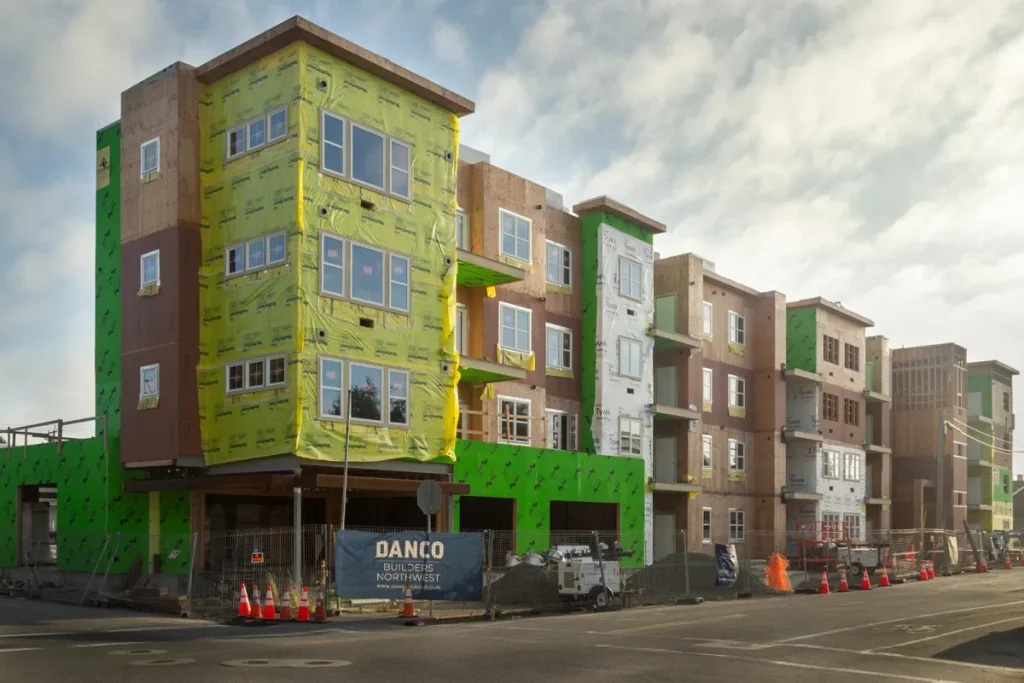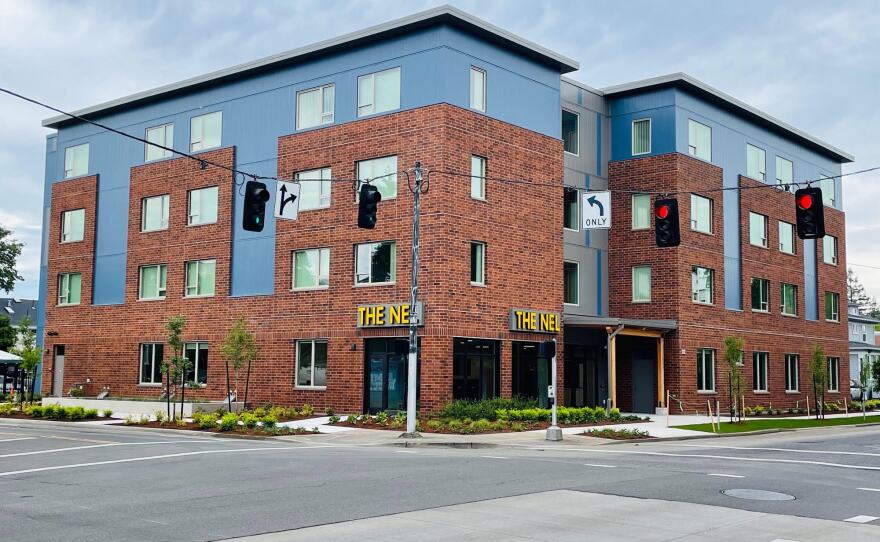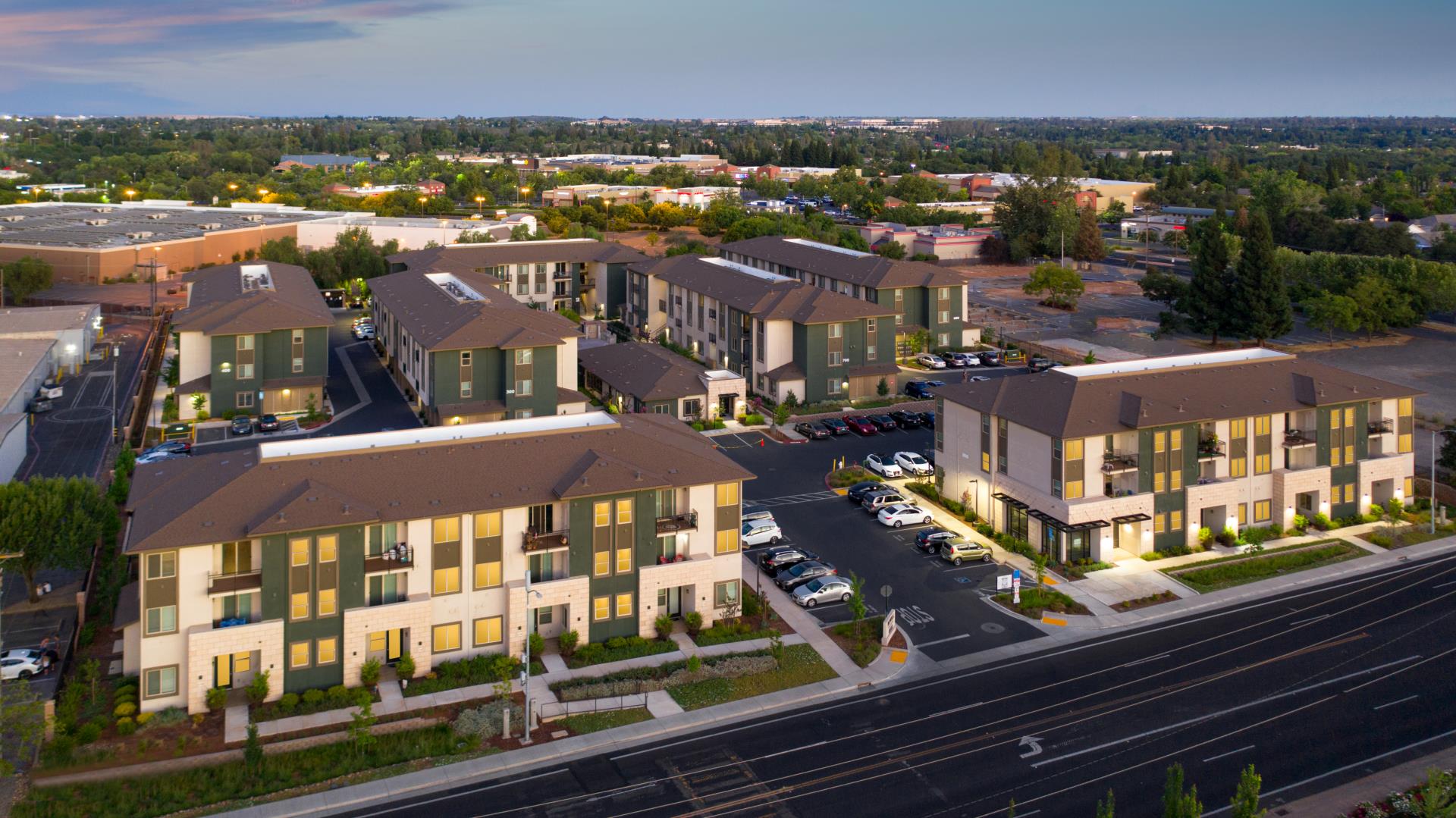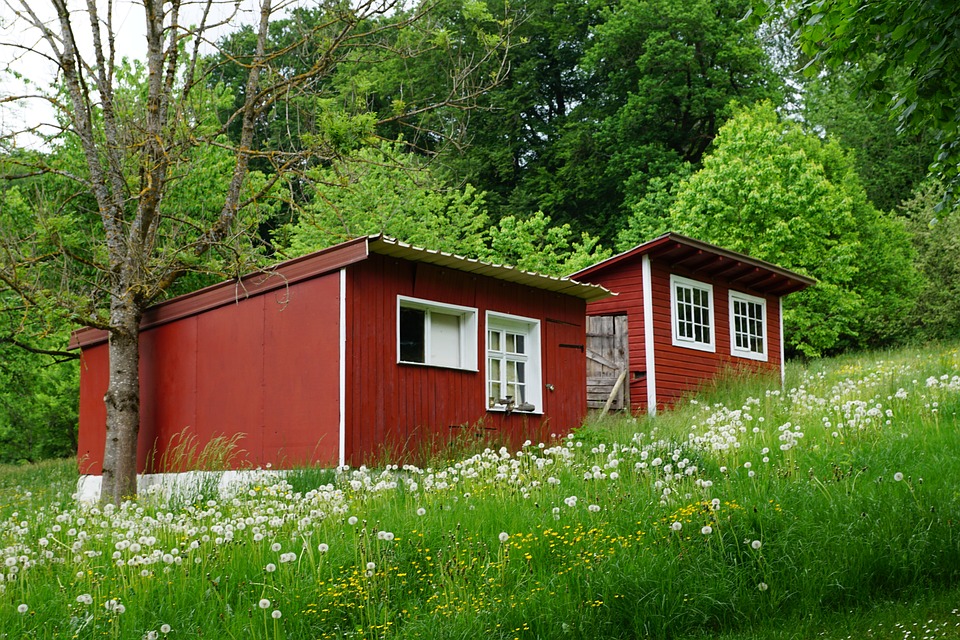Housing costs are on the rise, and you may feel like you are having a difficult time keeping up. Your budget appears to be shrinking, and even if your income goes up a little bit every year, you may feel like prices go up even more. Everyone deserves to have a roof over their head, and you might be interested in learning more about your options for affordable housing.
If you are interested in beginning your journey toward affordable housing and homeownership, there are several important steps you need to take. What should you do if you want to identify affordable housing opportunities that are within your budget?
Have a Budget
If you want to identify affordable housing opportunities in your area, the first thing you need to do is develop a budget. Affordable housing looks different to different people, as everyone makes a different amount of money.
In general, you should plan on spending approximately 30 percent of your gross income toward housing expenses. This means 30 percent of your money before you pay taxes. There are several expenses that have to be included in your 30 percent. This includes not only your rent but any utilities that you pay. If you own a house, that number includes your mortgage, your utilities, your home insurance, and your real estate taxes.
If you spend more than 30 percent of your gross monthly income on housing, you might have a difficult time making ends meet. The extra money has to come from other areas, which can make it hard for you to afford transportation, groceries, and medical care.
Therefore, if you have never crafted a budget before, this is a good place to start. Take a look at your monthly income, figure out what 30 percent of your gross monthly income is, and use this as a guide for your housing.
What Are My Options for Affordable Housing?

With a number in mind, you can start your search for affordable housing. As you take a look at your options, you might have a difficult time finding houses you can rent or buy. Fortunately, there are resources available that can help people find affordable homes. Some of the resources include:
1. The Housing Choice Voucher Program
One of the most popular options is called the Housing Choice Voucher Program. It also goes by the name Section 8. Regardless of the name you choose, this is a resource that can help you make the cost of a home more affordable. It is designed to provide people with low income levels with extra money they can use to cover the cost of housing.
Even though this is a federal program, it is administered at the local level. You will need to reach out to your local Public Housing Authority, or PHA, to figure out if you qualify. There are only so many vouchers to go around, so you may find yourself placed on a waiting list. If you want to expedite the process, make sure you review the eligibility criteria ahead of time. Then, ensure you have all of your documentation ready to go. Keep in mind that the eligibility criteria can vary depending on where you live, so reach out to your PHA before you apply.
2. Public Housing
Another program developed by the federal government is called public housing. This is a housing program that has a variety of units that are owned and managed by local housing agencies.
It is true that many of these homes are designed to be apartments, but other options are also available. For example, you might be able to find single-family homes that are better for people with children.
Like Section 8 housing, there are several criteria that you will need to meet before you can qualify for public housing. This includes the size of your family, your citizenship status, and your income level. Keep in mind that you will have to submit references if you want to be accepted into this program. References are important because they will show that you will be a good resident for the public housing sector.
If you want to learn more about this program, you should reach out to your local HUD field office. They should be able to let you know about the options in the area.
3. Supportive Housing

There are all different types of people who are looking for affordable housing opportunities. Sometimes, people are in need of supportive housing. Your social situation can change quickly, and you might find yourself out on the street with nowhere to go. Supportive housing can help you keep a roof over your head while you figure out what to do next.
There are several categories of homes available. They include:
- Emergency Shelters: If you need a place to go for a short-term stay, you may want to identify some emergency shelters in the area. This is a good place to stay as you identify opportunities for long-term housing.
- Permanent Supportive Housing: Another option is called permanent supportive housing. The goal of this program is to provide you with a house first. That way, you have an address, and it can make it easier for you to get a job, identify educational opportunities, and keep your family safe.
- Transitional Shelters: This is an opportunity that is in between emergency shelters and permanent supportive housing. The exact length of time you will be allowed to stay in a transitional shelter will depend on the specific shelter. This is also a program that will provide you with social services that can help you get back on your feet.
These are a few of the most popular programs that can help you get on your feet, put a roof over your head, and make it easier for you to afford a house. What are some other ways you can save money on housing and budget accordingly?
Additional Tips for Budgeting
Once you feel like you have a housing option in mind, you need to start saving money even as you pay rent. That way, you have an emergency fund that you can use to cover unexpected expenses. As you are budgeting, think about your location. Location can have a significant impact on the amount of money you pay. In general, if you live in the middle of a large city, your rent is going to be higher than it would be in a rural area. Remember this as you look for housing options.
You should also consider getting a roommate. This can make the cost of a house much more affordable, as you can split the rent between two people. Just make sure you and your roommate will get along before you decide to live together.






